
How to talk to your new born baby for language development
Your baby communicates with you through facial expressions way before he or she starts to talk verbally. They express their emotions by crying,laughing and making different body gestures. According to the standard developmental milestone, babies start moving their head from side to side when they’re one month old. Babies reach milestones in how they play, learn, speak, move and act.
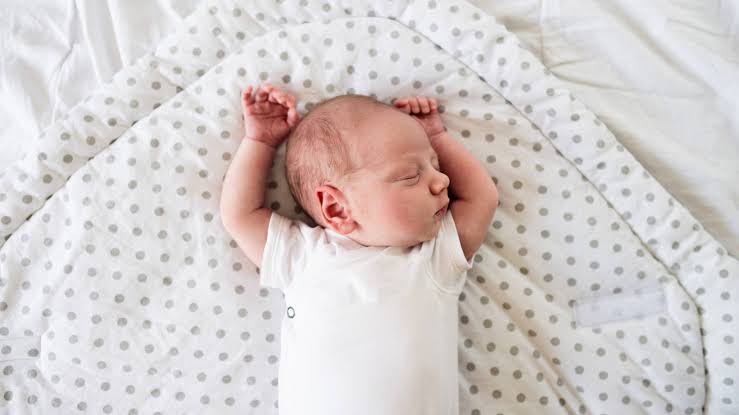
Your baby communicates with you through facial expressions way before he or she starts to talk verbally. They express their emotions by crying,laughing and making different body gestures. According to the standard developmental milestone, babies start moving their head from side to side when they’re one month old. Babies reach milestones in how they play, learn, speak, move and act.
Your new born baby communicates with you in these ways but how do you talk to your newborn baby?
Talk to your baby about what he/she feels or needs at the moment. For example, if your child is crying, you can say, “You’re crying. Is my baby hungry? Do you want milk?” Conversations with a new born baby might feel one sided to begin with but even if your young baby doesn’t have words yet, he or she will be listening to you and they’ll try to join the conversation.

It’s also important to talk to your newborn baby when you’re feeding them. It also has an impact on baby’s mental health when mother or any caretaker communicates with them during breastfeeds or bottlefeeds. They begin to understand the world around them through tasting milk and taking in the familiar smell, face and voice. It also helps them in reaching developmental milestones as they develop trust towards the care taker and they reach a different milestone at every age.
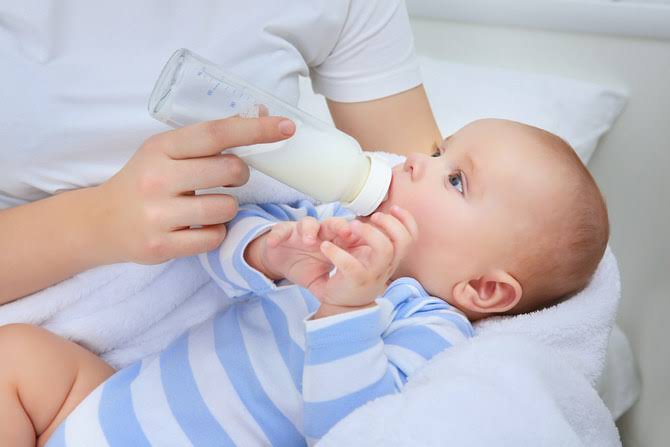
When a child reaches the age of 3-4 months, his or her developmental milestones include chuckling, smiling, looking at you and moving, making sounds like “oooo”, making different sounds when you talk back and also turning their head around when they hear your voice.
All these milestones indicate the fact that although the child hasn’t learned to speak properly but he or she can communicate with you through non verbal gestures and behaviour. It also indicates the fact that they can also hear and understand what you are saying. If you take their name, they’ll turn their head and respond. They will also open their mouth when they’re hungry and see a bottle of milk.
Research has shown that a proper communication between adult and a child promotes communication and language development and babies also learn to talk at an earlier age when their parents or guardians talk to them from the beginning.And it’s not just about having the better language skills as talking with babies also help their brains develop and help them reaching their cognitive milestones. They also do better at school when they’re older
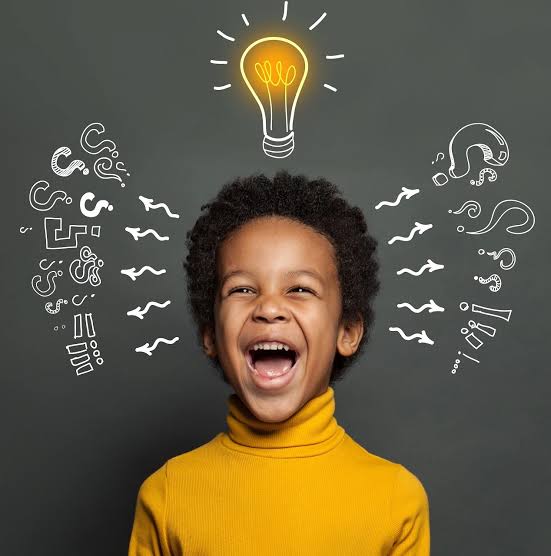
Here are some tips for talking to your baby:
- Speak more slowly than you would to an adult.
- Say some words softly, and others in a more excited way.
- Use a soft voice and higher pitch, sometimes called parentese, to let your baby know you are speaking just to him/her.
- Play a variety of music and sing along.
- Use a few words or short sentences, and repeat these over and over.
- Call your baby’s name
- Say things that make your baby smile and laugh.
Any kind of talking is good for your baby or toddler. You can communicate with them through some toddler toys as well (like speaking like a zebra toy you’re holding). You don’t need to make a special time for talking and can literally communicate in any way you want.
Babies also like quiet times so if your baby or toddler stops responding or becomes grumpy, choose another time in the day to talk.
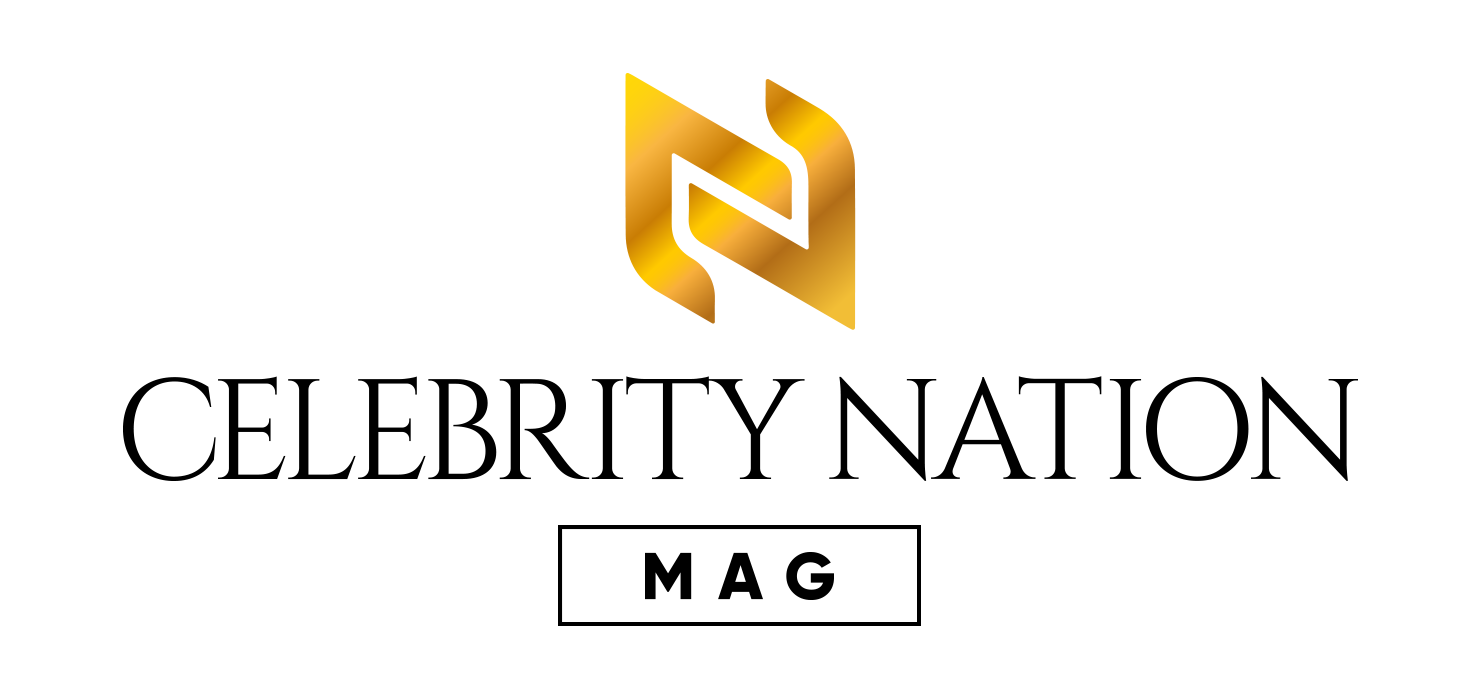




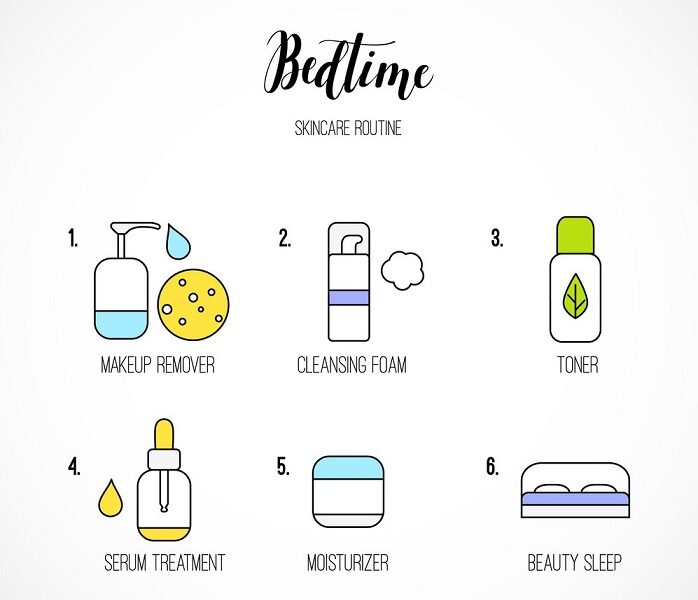
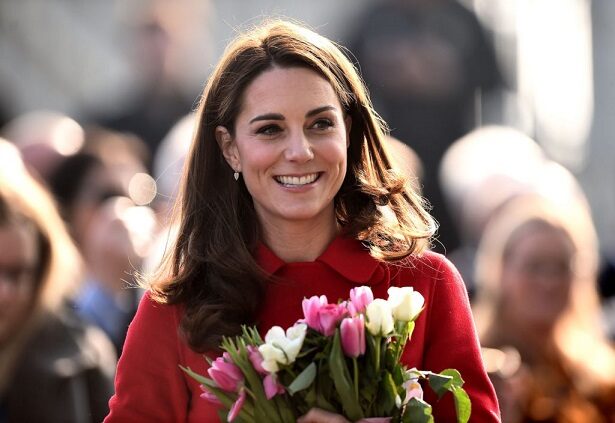
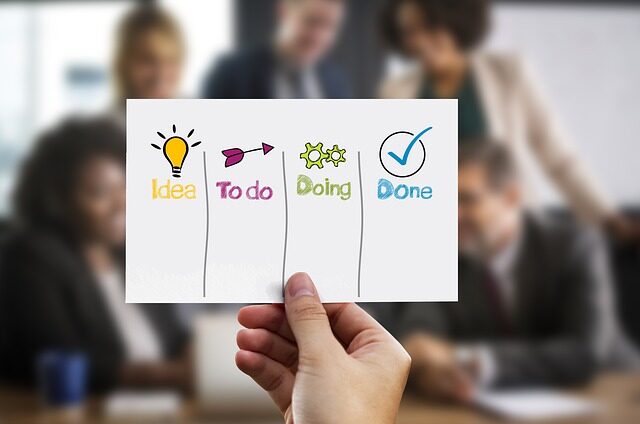
ghsLEapXFq
bDVBWaTne
rNKblGBo
ouMQWCem
zWOkUMlvr
LTSnOVbklDYNAz